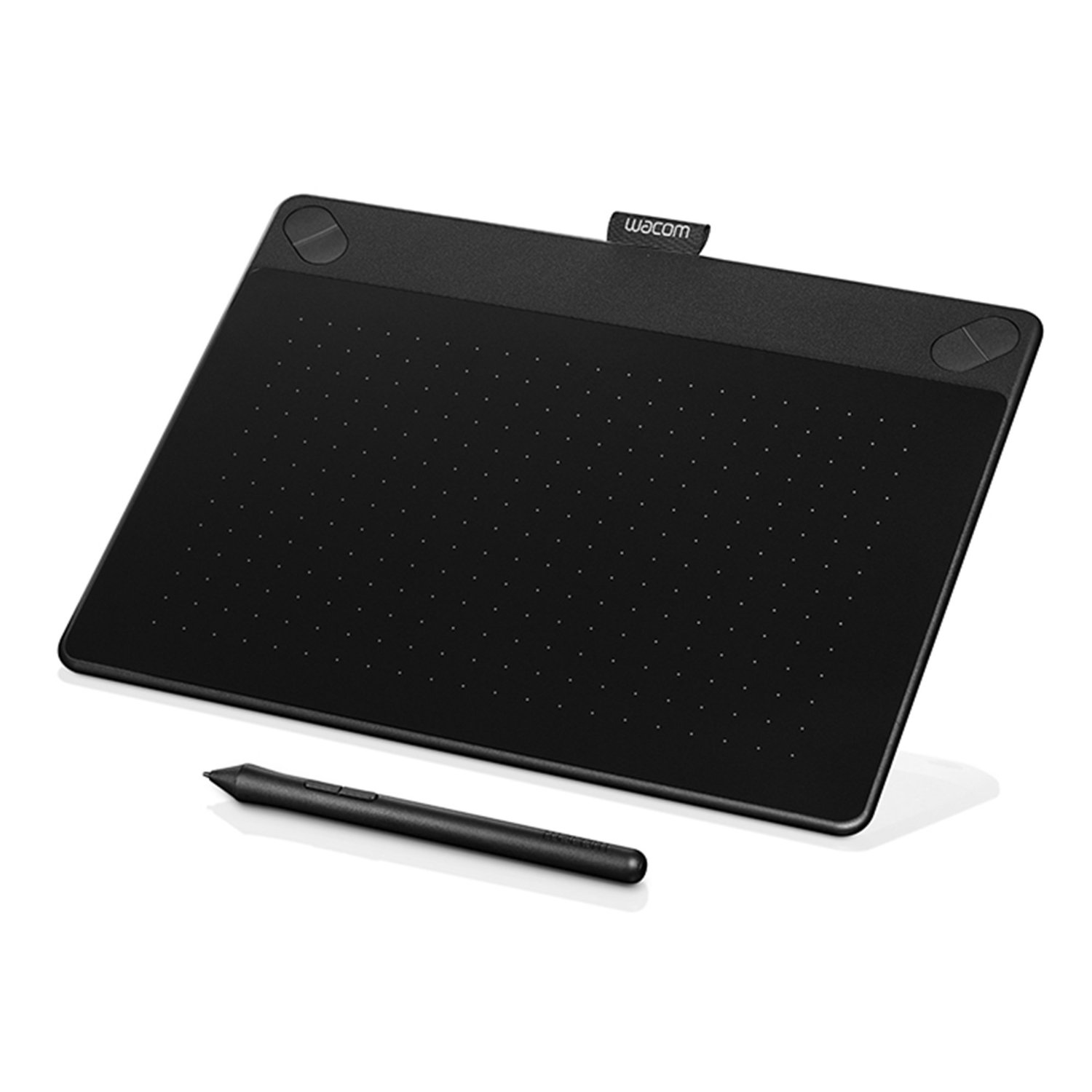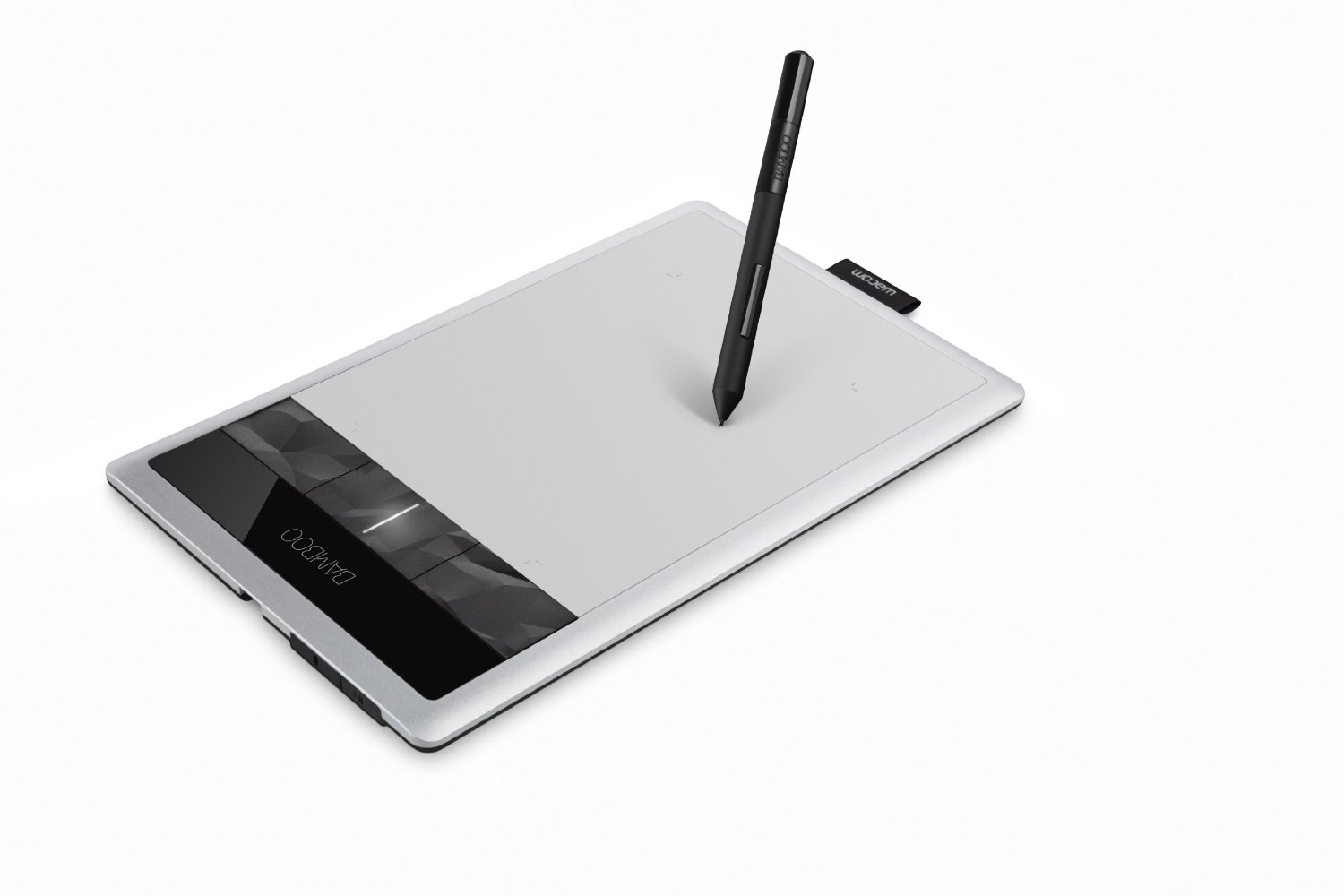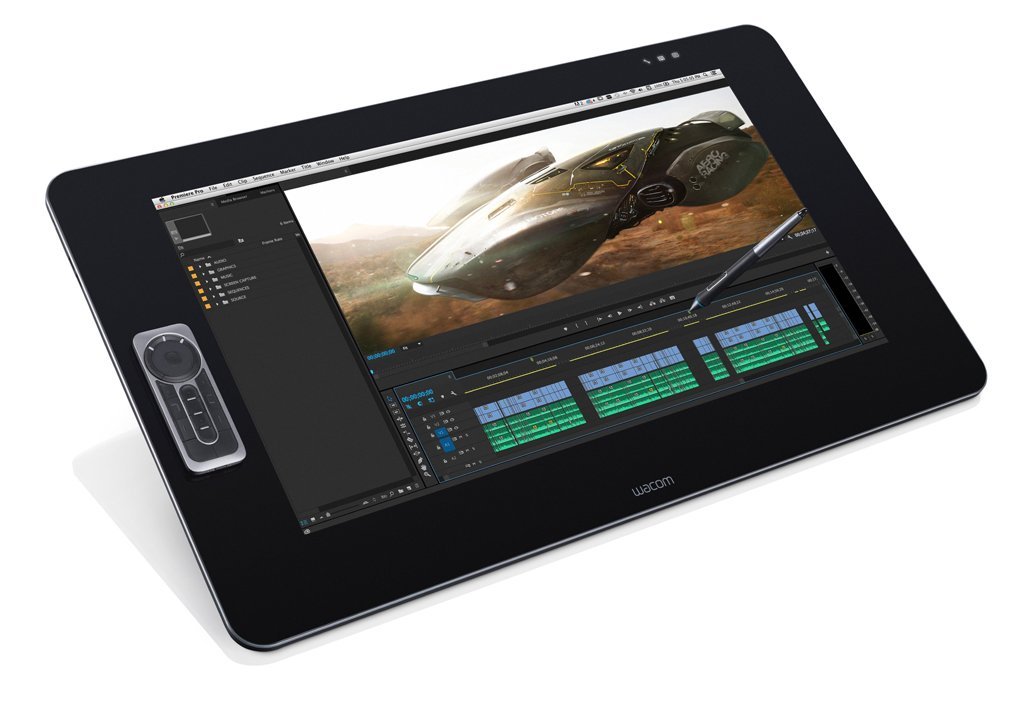
#Wacom tablet driver for os code#
Generally, code is shared between ports as much as possible.
#Wacom tablet driver for os portable#
As NetBSD was ported to more and more platforms, the NetBSD kernel code was adapted to become more portable along the way. Supporting multiple platforms was a primary goal of the NetBSD project from the start.

The new AMD x86-64 architecture, of which the specifications were published at the end of 2000, with hardware to follow in 2002, is used as an example. This paper takes a look at what has been done to make it portable, and how this has decreased the amount of effort needed to port NetBSD to a new architecture. NetBSD is known as a very portable operating system, currently running on 44 different architectures (12 different types of CPU). Porting NetBSD to the AMD x86-64: a case study in OS portability Seriously, I have no big words to say, other than just recommending this laptop to FOSS enthusiasts :) So here it is, my new laptop, a Google Pixelbook. something rather big for a tablet, but it is useful actually), a Wacom touchscreen that supports a pen, mostly reasonable hardware (Intel Wi-Fi), and that famous coreboot support (Chromebooks\u2019 stock firmware is coreboot + depthcharge). Thin aluminum design, a 3:2 HiDPI screen, rubber palm rests (why isn\u2019t every laptop ever doing that?!), the \u201cconvertibleness\u201d (flip the screen around to turn it into. Other than the big huge large bezels around the screen, I liked everything about it. I want something more efficient, not less!Īnd then I discovered the Pixelbook. But going back in processor generations just doesn\u2019t feel great. I was considering a ThinkPad X1 Carbon from an old generation - the one from the same year as the X230 is corebootable, so that\u2019s fun.


Headlines FreeBSD and custom firmware on the Google Pixelbook


 0 kommentar(er)
0 kommentar(er)
